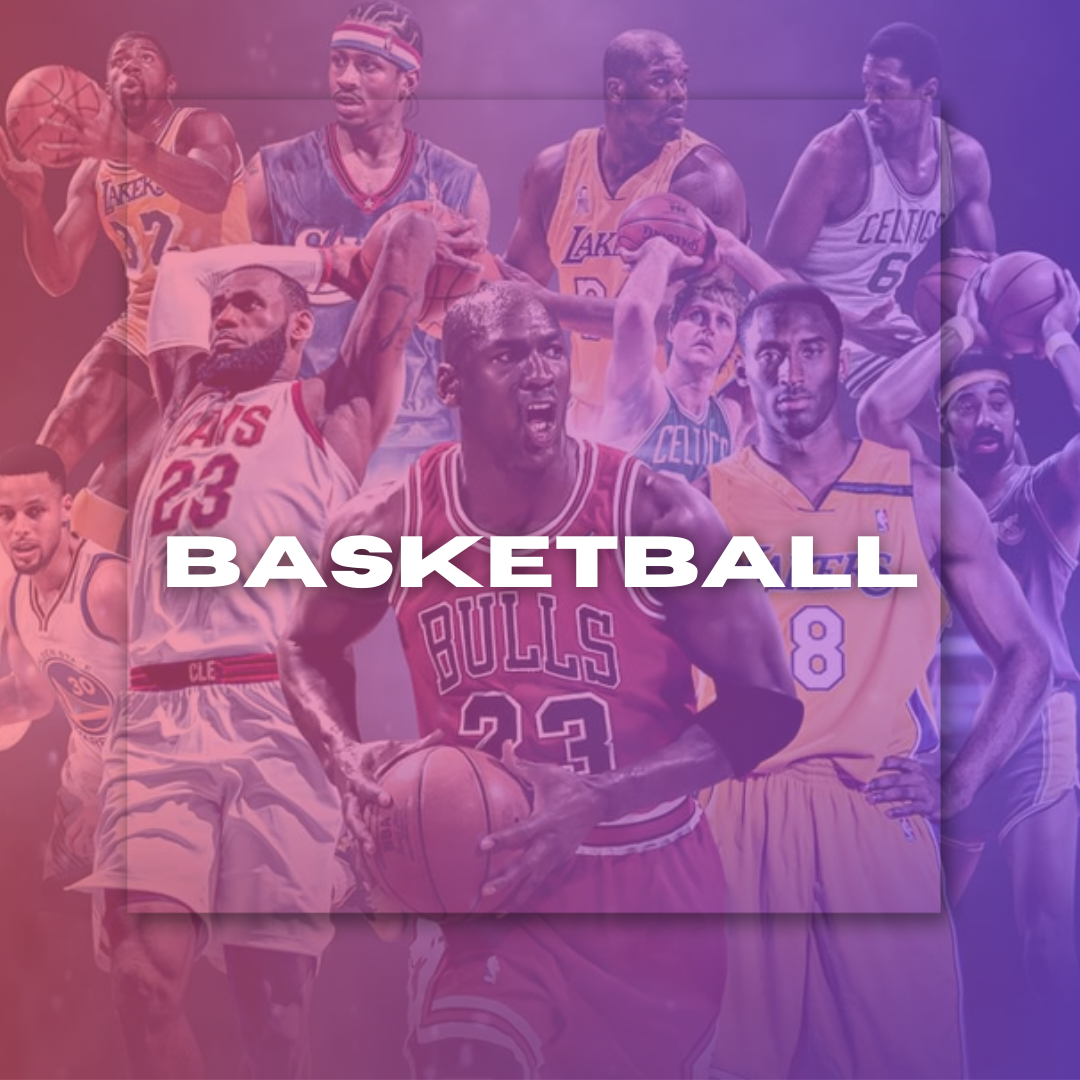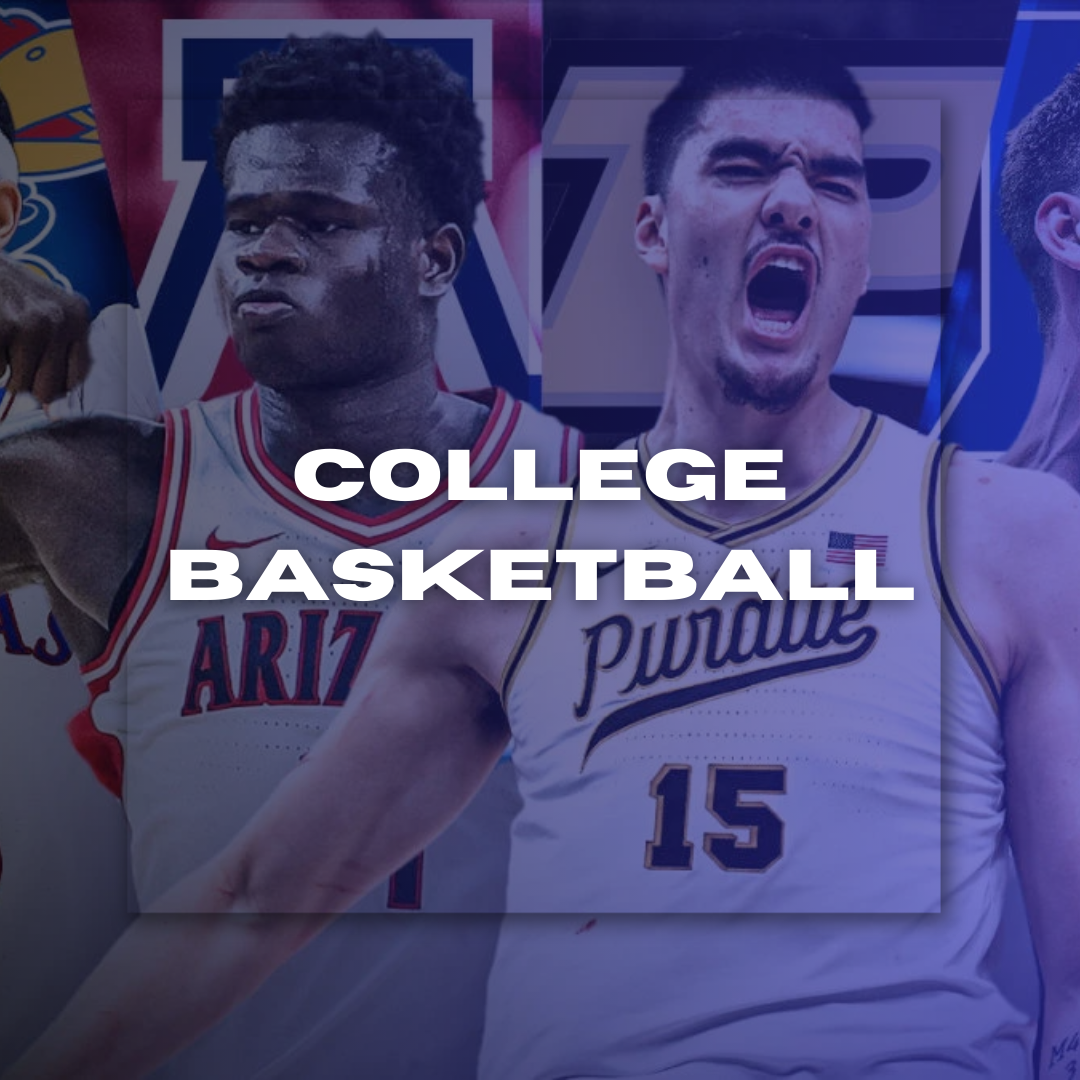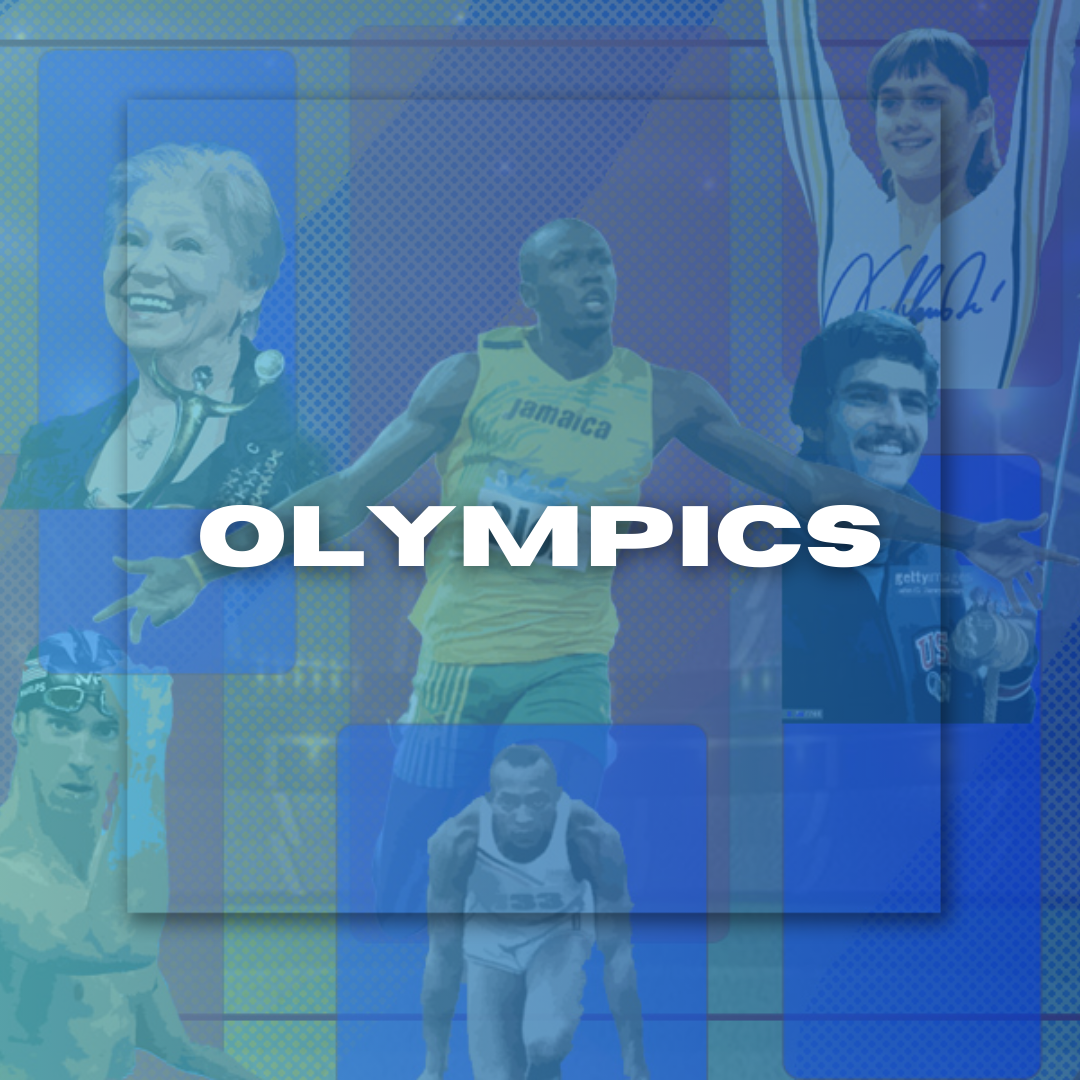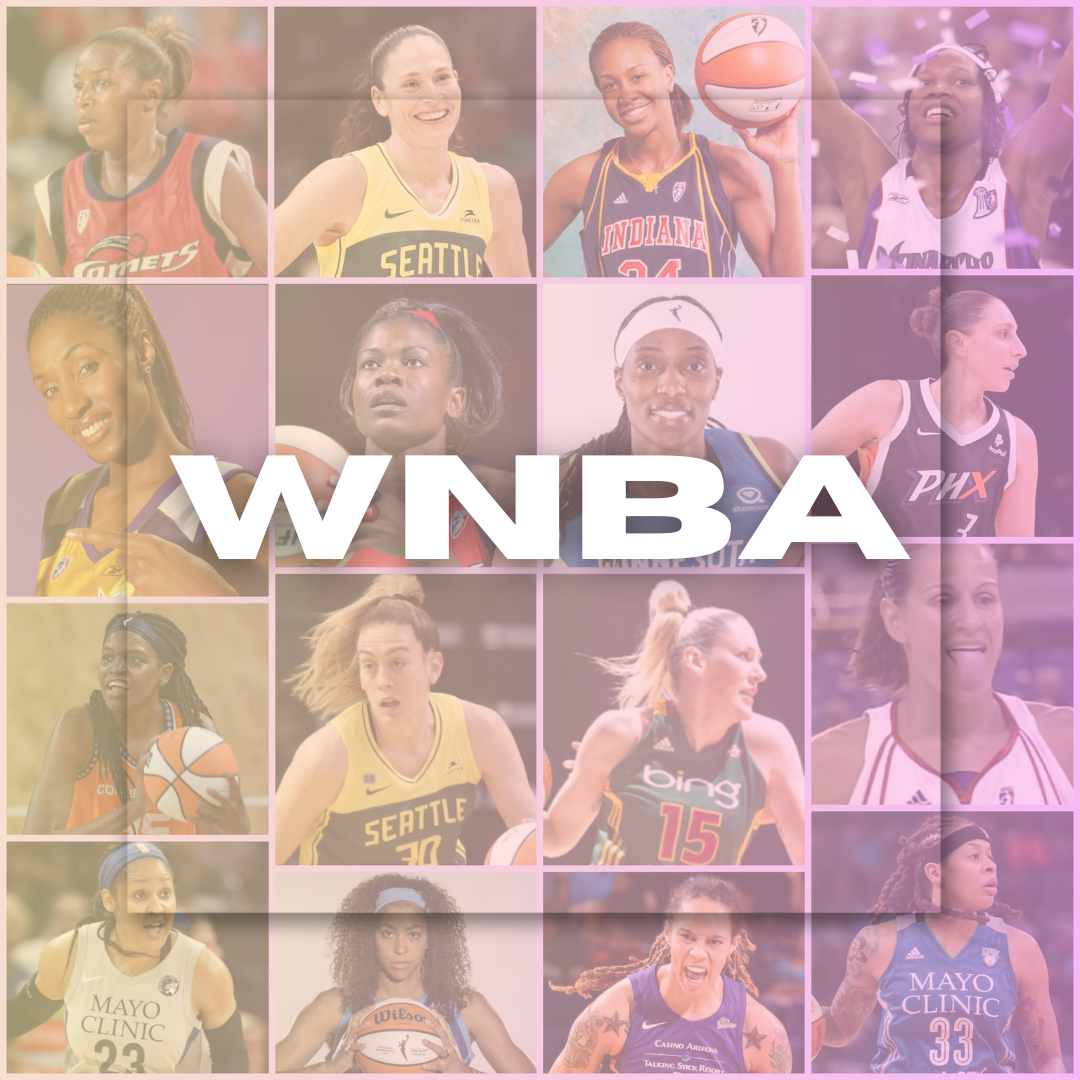As college athletes gain the ability to profit off their Name, Image, and Likeness (NIL), there has been a growing concern about the impact of these changes on college sports. While some argue that NIL rights are necessary to provide student-athletes with fair compensation, others warn of potential negative consequences. In this article, we will explore the reasons why NIL may be bad for college sports.
One of the main concerns about NIL is that it may create an uneven playing field for college athletics. While some states have passed legislation to allow college athletes to profit from their NIL, other states have not. This means that some schools may have more financial resources to offer potential recruits, giving them an unfair advantage over schools in states without NIL laws. The Southeastern Conference and other college officials have been lobbying for federal regulations on NIL to create a more level playing field.
Another issue with NIL is that it could lead to the professionalization of college sports. By allowing athletes to profit from endorsements and sponsorships, some argue that it blurs the line between amateur and professional sports. This could lead to a shift in focus from the educational experience to the financial benefits of playing college sports.
Moreover, there is a risk that some athletes may prioritize their NIL deals over their academic and athletic responsibilities. Student-athletes already face a challenging balancing act between their academics and athletics. Adding the pressure to also secure endorsements could lead to a lack of focus on their primary responsibilities. This could result in academic struggles and a decline in athletic performance.
Another concern is that NIL could lead to a loss of team cohesion and a focus on individual success. While some athletes may be able to secure lucrative deals, others may not have the same opportunities. This could create a division within teams and lead to a lack of teamwork and camaraderie. The focus may shift from team success to individual success, resulting in a decline in the overall quality of college sports.
Moreover, there is a worry that NIL could lead to exploitation of student-athletes. While some athletes may be able to secure profitable deals, others may not have the same opportunities. This could result in an uneven distribution of wealth among student-athletes. Additionally, there is a risk that athletes may be taken advantage of by unscrupulous agents or sponsors who may not have their best interests at heart.
Another issue with NIL is that it could lead to a lack of oversight and regulation. Without proper regulation, there is a possibility for abuse and corruption. There is a need for clear guidelines on what types of deals are allowed and how they should be structured to ensure that student-athletes are not exploited.
In conclusion, while NIL rights may seem like a positive step towards providing fair compensation for college athletes, there are significant concerns about the potential negative impacts on college sports. An uneven playing field, the professionalization of college sports, a lack of focus on academics and athletics, loss of team cohesion, exploitation of student-athletes, and a lack of oversight and regulation are all significant issues that need to be addressed. It is important to strike a balance between providing student-athletes with fair compensation and maintaining the integrity of college sports.



































































